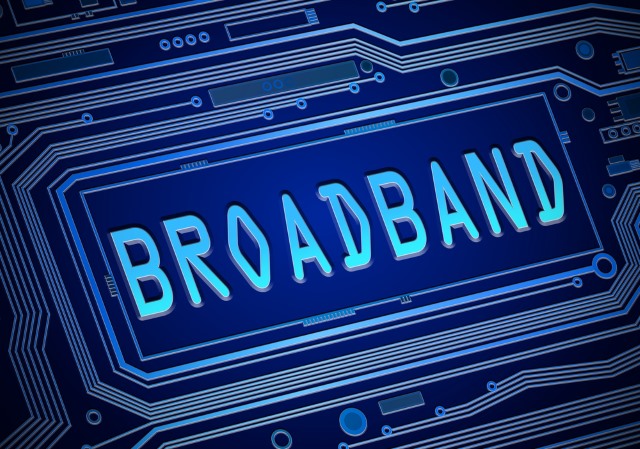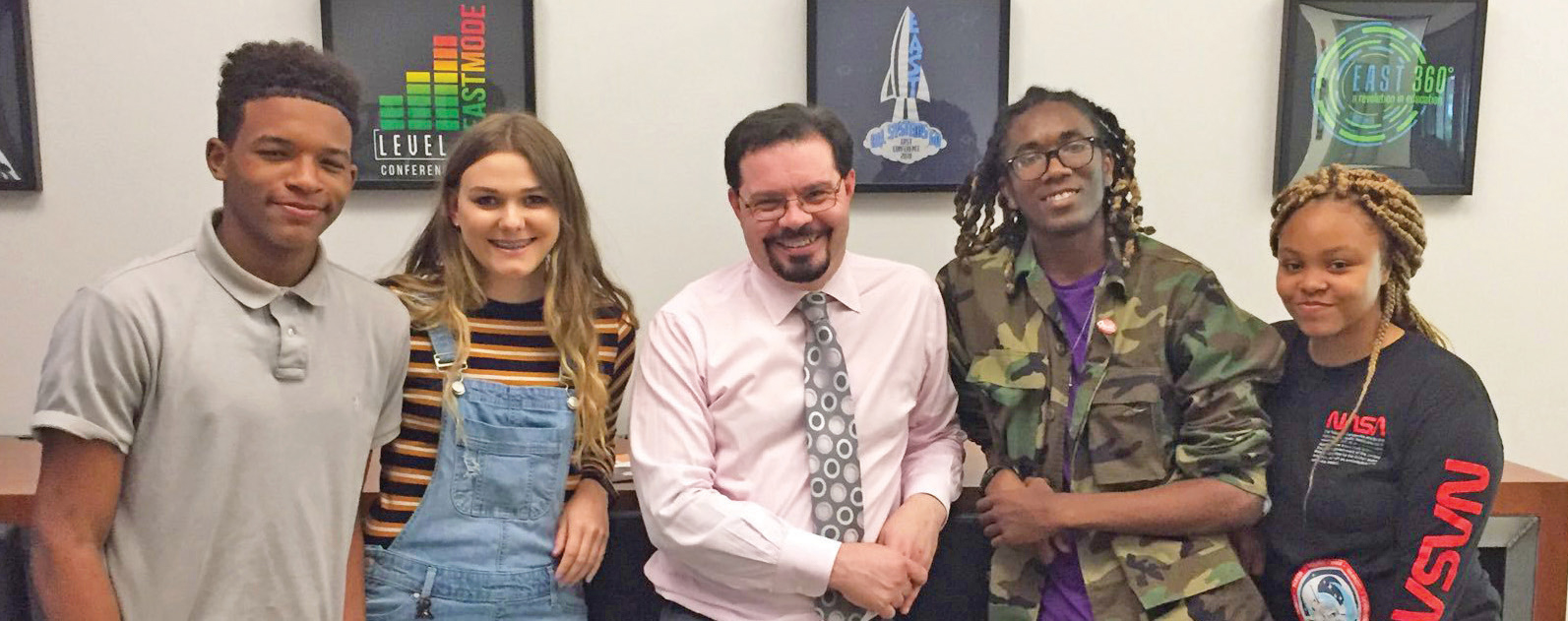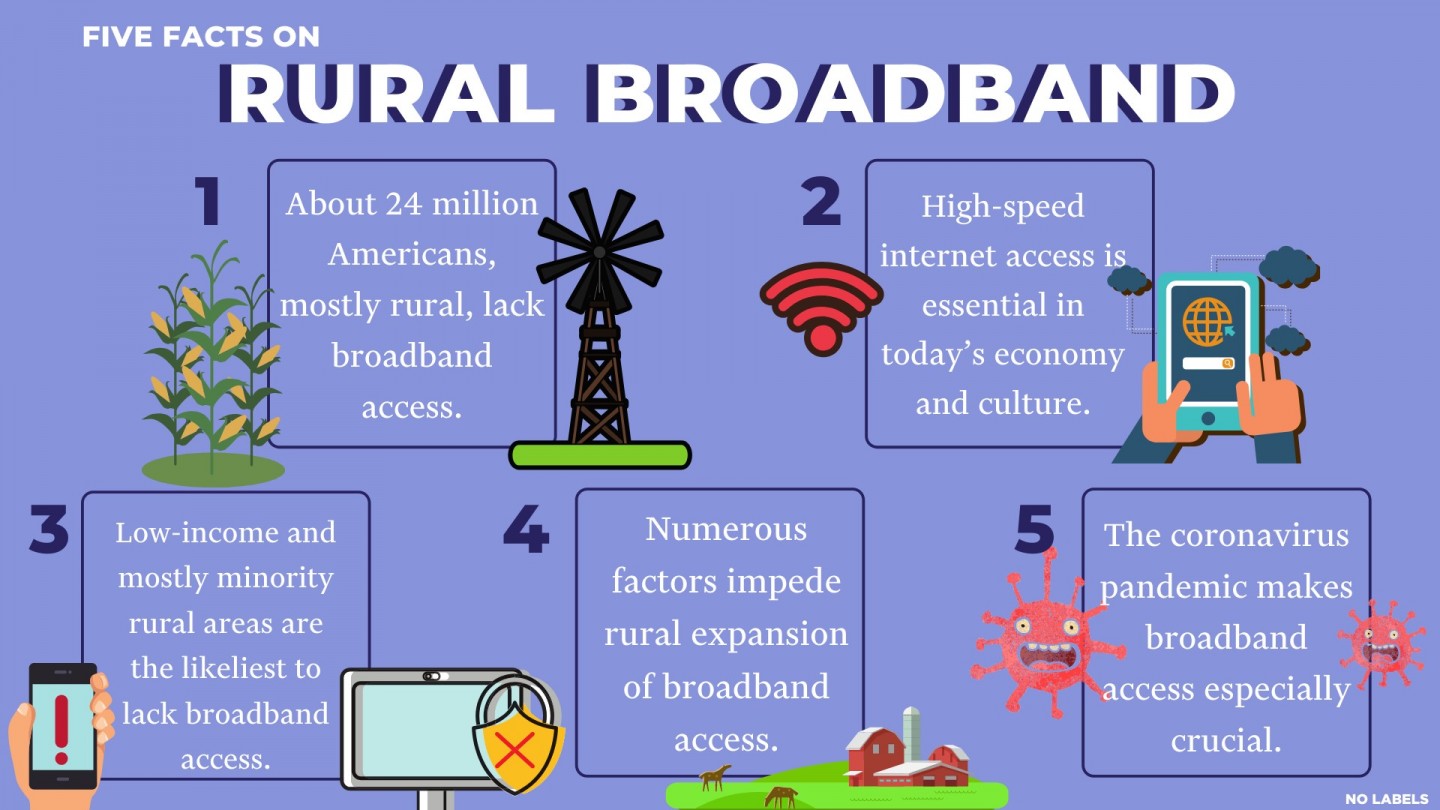President and CEO of EAST, Matt Dozier, talks broadband and the access it gives EAST students to succeed.

When you're trying to help the astronauts on the International Space Station replace a drawer handle, you need some pretty sophisticated tools. You don't need a rocket; they already have access to those. You do need design tools. More than anything though, you need the ability to communicate with them and send your design files into orbit. This was a situation EAST students found themselves in not too long ago. You see, it's not terribly challenging to send 3D printers and printing materials into space, but not knowing what needs to be printed means that when you need something specialized, someone has to figure out all of the particulars of that design. However, that is only half the challenge. Once designed, the files need to be "beamed" into space. To do that you need a pretty good internet connection. In Magnet Cove, Arkansas, a high-speed internet connection has not always been the norm. Fortunately, in this case, it was a tool that EAST students had access to, and that's how they got to help the astronauts. There are many places in Arkansas and across the nation—particularly in rural areas—where this kind of access isn't.
The foundation of the EAST experience is relationships and connections. Since the earliest days of EAST, we have recognized that only when people are connecting to people, and problems are linked to real learning solutions, can real change happen. Of course, we have also been very fortunate that our students' tools to solve problems and connect with each other in their communities are technologically sophisticated and used in high-skill career fields. This is why connectivity in all its forms is so critical to the work that we do and why we have been advocates and proponents for broadband connectivity from our earliest days. We have seen first-hand how being able to collaborate and access sophisticated digital tools can be very important to our students, schools, and communities.
One of the positive things to come out of the recent health crisis is an emphasis, and a commitment, to strengthening broadband connectivity across Arkansas and the nation. We know how important it is because we have seen first-hand what being able to participate in the big worldwide web means to people in small and far-flung places. High-speed connectivity means you can access the collective knowledge of the world anywhere at any time. It means you can build a business and find customers or work for a company that isn't in your town or county. It means you can connect to your teachers whether you are in the lower grades or at a University. Ultimately, it means that access to all the world has to offer is not limited to people who live in urban areas or have the means to travel to the places where inspiration, learning, or niche shopping happen. It means leveling the playing field and giving everyone a chance to enjoy what's really out there.

We are advocates for broadband connectivity because we are advocates for equity for our students and our communities. Critical infrastructure is the key to providing choice and freedom for everyone to have the kind of life that they are ready to work for. Broadband allows for precisely that kind of opportunity. The next disruptive idea or wildly successful company can happen anywhere. People can help their community stay vibrant; they can stay close to their family, or they can choose to live and work where they can enjoy the view.
Now, when I say that we are advocates—like many things in EAST I mean that we have been actively working in this area and seeing our students succeed in ways that defy expectations for a while. Suppose you go all the way back to August of 2007 in the Congressional Register. In that case, you will find the proceedings of a meeting of the United States Senate Committee on Science Commerce and Transportation, where testimonies from EAST students, advocating and sharing the work they accomplished with better access to broadband, was highlighted. In 2020 we are proud to continue the work of establishing more programs in areas where access to broadband is low.
